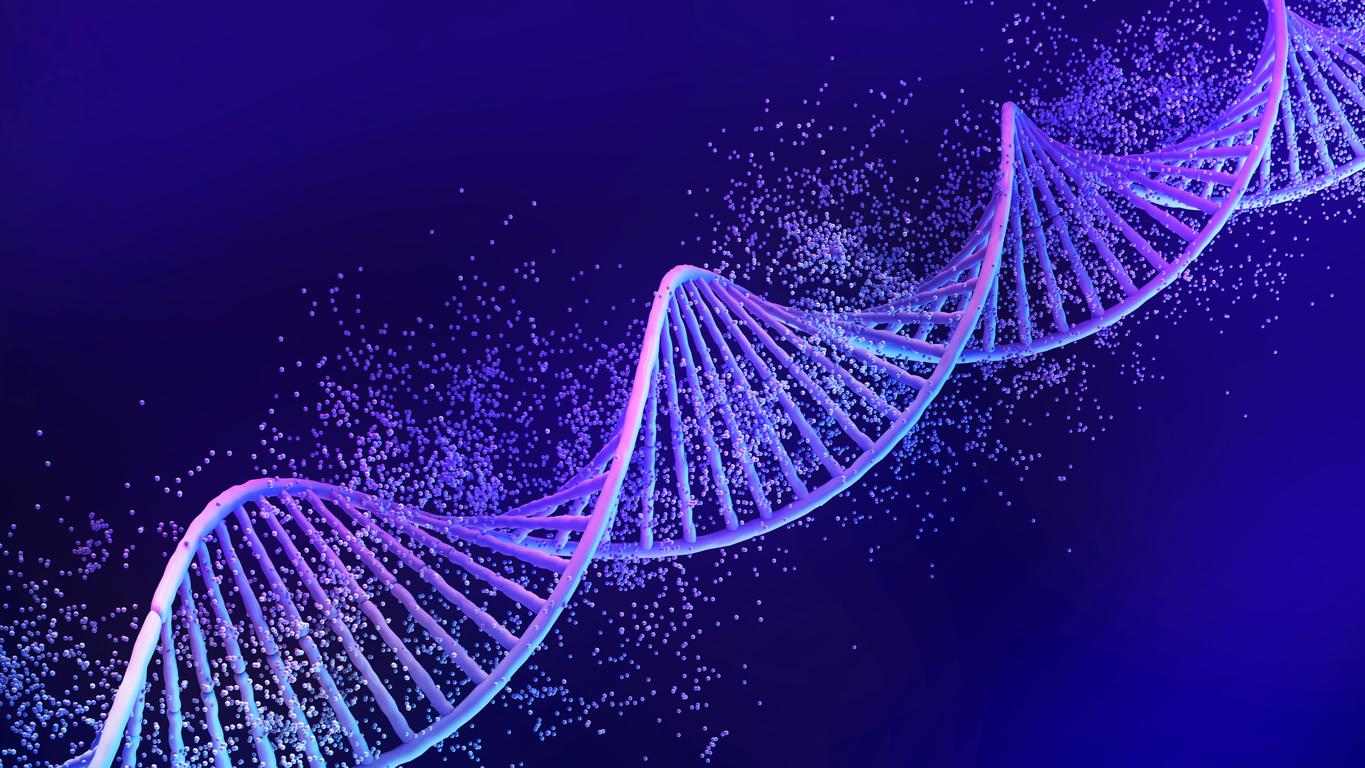We are not all in the same boat when it comes to weight gain. Some people tend to put on the pounds on their stomachs, while for others the fat will get lodged in the buttocks. But what is the role of genetics in the corpulence and risk of obesity ?
To find out a little more, researchers have done a titanic job by making a genetic map of the regions of the body linked to overweight and obesity.
By sifting through the genetic data of 300,000 people, researchers at the University of Michigan in the United States have succeeded in drawing the largest genetic map of obesity ever made. The results suggest that obesity also has a neurological basis.
In the specialized journal Nature, the researchers explain that they have identified 33 new genetic regions associated with the distribution of fat mass, which would give clues to understand why some people take fat in the belly, for example.
Other areas observed, some 60 genetic regions capable of influencing the Body Mass Index (BMI). Some of them are linked to the nervous system. A discovery that may surprise, according to Dr. Elizabeth Speliotes, author of the study: “You do not go to your neurologist to discuss your weight. When we think of obesity we do not spontaneously think of the nervous system. our study is changing the way we think about obesity. It is no longer just a metabolic condition but it probably also has a neurological basis, “she told the BBC.
While previous studies have pointed out that certain genes play a role in controlling appetite or food learning and memory, the role of genetic regions in obesity remains a mystery to scientists.
This genetic map could help identify genes involved in biochemical processes that can lead to obesity and associated pathologies (diabetes and cardiovascular disease), the study concludes.
>> To read also: Childhood obesity: Puerto Rico wants to make the parents of obese children pay


















